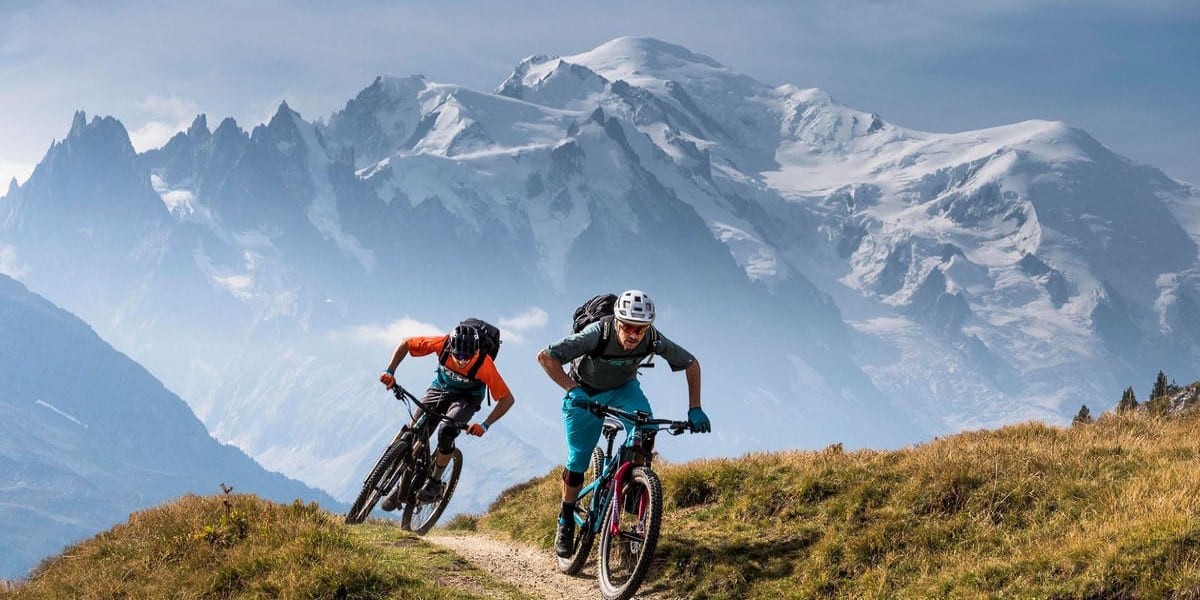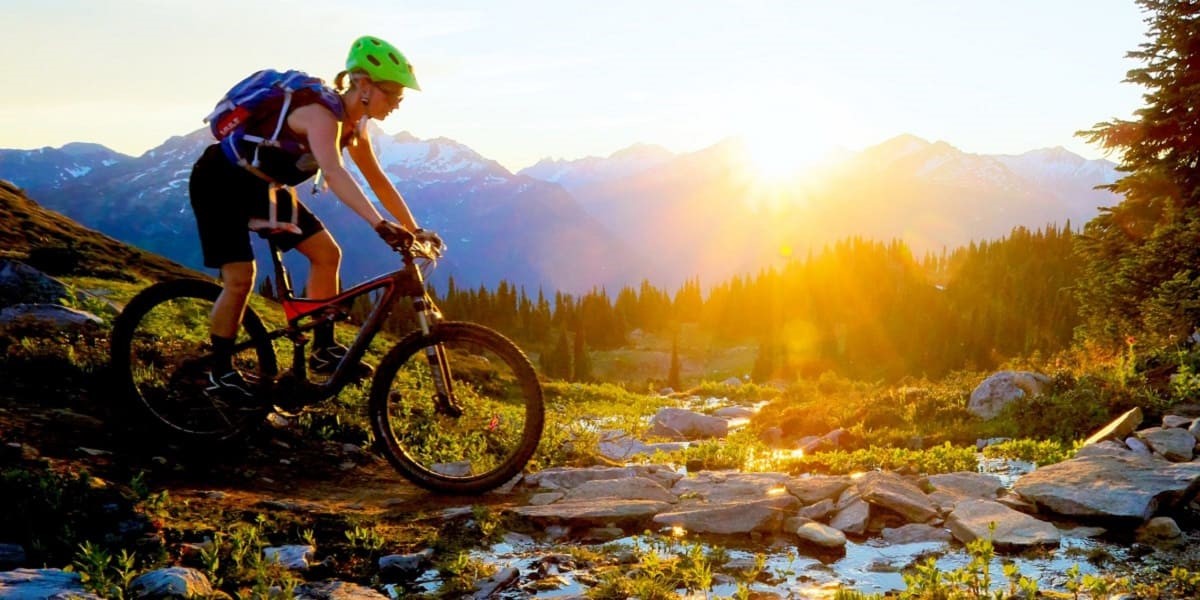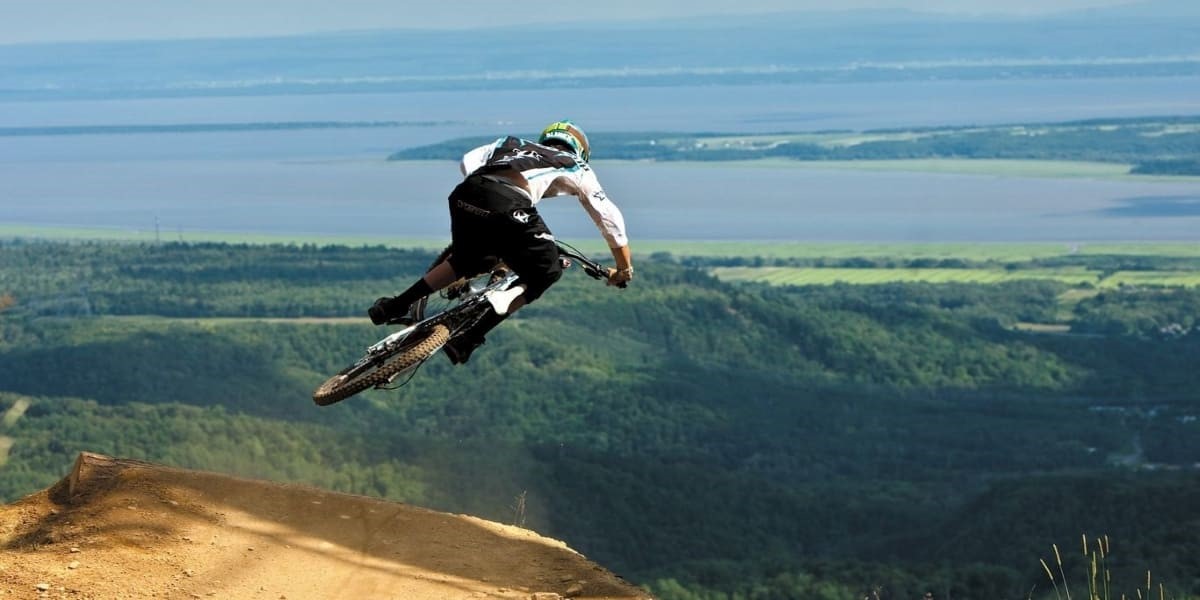Are you new to mountain biking? Cool Mountainbikes is the best place to get all of the information you need. Below we will provide information on various mountain bike types so that you can understand better what you need.
Don’t be put off by the term “mountain biking”! Mountain biking is not limited to the mountains, and more and more mountain bike trails are being built each year to accommodate riders of all skill levels. On a weekend, you’ll see everyone on a bike, children, and adults.
Even though you are not a professional rider, now is an excellent time to begin mountain biking. If you are thinking of buying a mountain bike, we are going to help you find one. The goal of this article is to assist you in determining which bike is best for you.
A retrospective international study on factors associated with injury, discomfort, and pain perception among cyclists listed saddle discomfort as one of the major factors associated with biking injury. Ensuring you pick the best mountain bike not only guarantees safety but optimum health.
How to Get a Mountain Bike
- Make sure that you know which mountain bike is for you.
- Models’ specifications and statistics should be compared.
- Find out which size will be the most comfortable for you.
- Choose components that are appropriate for your objectives and of course budget.
- Ride your bicycles! You’re trying to decide between two models.
- Get the mountain bike that best suits your needs and riding style.
So you going to think that now it’s simple to get a bike, doesn’t it? However, selecting the best bike can be difficult. Features are different for each bike, so concentrate on the key points outlined below, and keep in mind the ultimate goal: have fun.
Types of Mountain Bikes
So, what’s going on with all of these new mountain bike styles?
There are various features of different types of mountain bikes that you should consider based on your actual needs. In terms of performance, you can choose an electric mountain bike that breaks new ground with a powerful motor, or a suspension mountain bike that allows riders to travel with greater stability. You can also buy a mountain bike of the color or the frame material that you prefer.
While manufacturers use a variety of terms to present their bikes, there are mainly four types of them for your reference:
Cross Country: These bikes are for people who place a high value on pedaling efficiency. These are machines that have been bred to be long-lasting and efficient. The emphasis on effectiveness and flexibility does not come without trade-offs. For example, a cannondale mountain bike foregoes downhill in exchange for performance and strength.
Trail: Most people associate “mountain bike” with this category. Trail bikes are mountain biking’s Swiss army knives, capable of both climbing and descending. Trail bikes have more suspension, gravity-oriented components, and relaxed geometry than XC bikes, making them more capable while riding.
All Mountain (Enduro): This category could be described as the trail bike’s burly cousin. The “Enduro” race format revolves around all-mountain bikes. These kinds of bikes are ideal if you want to have a ride up on the hill but are most excited about the downhill with airtime and technical terrain.
Downhill: These bikes are the right ones for you if you want speed, big drops, jumps, steep, and gnarly terrain. They are simply not intended to travel in any other direction than downward. A downhill bike is what you’re looking for if you don’t want to pedal uphill and have the trails and terrain to support airtime and full speed.
Wheel Size
- 29ers: These bikes have grown in popularity among cross-country riders. 29ers are available in hardtail, rigid, and full-suspension configurations.
- 5 in. : Falling somewhere between standard 26 and 29ers wheels, these bikes offer a “best of both worlds” solution, rolling over terrain more easily than 26ers but they are more flexible to adapt than 29ers.
- 5-inch wheels are available on both hardtail and full-suspension bikes. 27.5 in. and up: Wider tires provide a more comfortable ride. These tires are becoming more popular.
- 24 in. : In general, these are suitable for children aged 10 to 12, but this is determined by the child’s size rather than his or her age.
Conclusion
Take into consideration who you are and what you would like to ride. Take note of your own unique characteristics: roadie, speed demon, bad back, and so on. Do some research on the types of trails in your area. Don’t buy from someone unless you’re certain they’re focused on your needs and put you on the right track.







